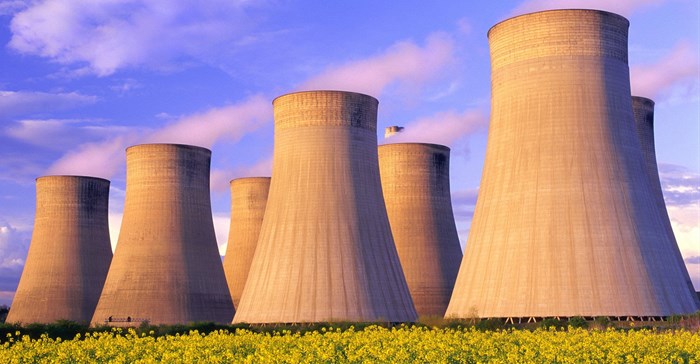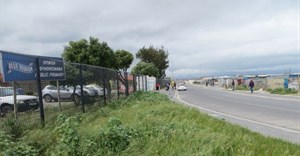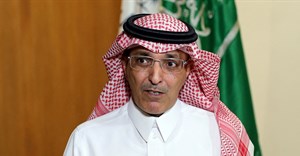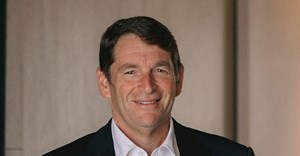Trending



 Sabre EMEA 2024 Awards: Razor PR, Retroviral top SA agenciesDanette Breitenbach
Sabre EMEA 2024 Awards: Razor PR, Retroviral top SA agenciesDanette Breitenbach

Elections 2024
Jobs
- Sales Executive Johannesburg
- Technical Energy Journalist - Freelance Johannesburg
Embedded generation: Key to supporting SA's energy intensive industries

As one of the only four priority interventions, there was a clear acknowledgement by government that a stable and secure electricity supply is a prerequisite for economic recovery and long-term growth.
Reporting back on the progress made over the past 12 months, the president highlighted the noteworthy progress being made with the Eskom restructuring, the Risk Mitigation Independent Power Producer Programme (RMIPPP) and finalisation of Renewable Energy Independent Power Producer Programme (REIPPP) Round 5.
Despite this progress, he spoke of a potential electricity supply shortfall of between 4,000MW and 6,000MW over the next five years. here were also suggestions that further electricity tariff increases are on the cards, as he spoke of the need to “review tariff paths” to reflect costs and implement measures to resolve the problem of municipal debt.
Licencing
To alleviate the impact of further load shedding on households and businesses, the president announced that government would be moving ahead with long-awaited amendments to Schedule 2 of the Electricity Regulation Act. These amendments would ease licencing requirements for households and businesses wishing to generate their own electricity through embedded generation.
At present, only embedded generation below 1MW is exempt from holding a generation licence. Those wishing to install capacity exceeding 1MW are required to hold a generation licence which entails significant costs, time, and bureaucratic red tape. Recent statements from Eskom CEO, Andre de Ruyter, suggest that the license exempt threshold could be increased to as high as 50MW. The impact of such a move would be a significant step forward to enable South Africa’s economic recovery to move full steam ahead.
South Africa’s energy-intensive industries, such as mining and manufacturing, contribute significantly to economic activity and employment. These industries have been particularly hard hit by electricity supply disruptions and rising electricity tariffs. By supporting investment in embedded generation, government could enable growth in these industries through greater power reliability and lower energy costs. Furthermore, by utilising renewable technologies, such as wind and solar power, these industries could dramatically reduce the carbon intensity of their operations.
Costs
Given the sharp declines in cost levels, it is expected that most of the newly installed embedded generation will take the form of solar PV capacity. As a result, we may see a significant increase in intermittent generating capacity connected to the country’s distribution network over the coming years.
Therefore, it will be important for those considering investment in large embedded generation facilities to explore options such as battery energy storage to avoid technical issues such as power instability, network overloading, power quality deviations and forced curtailment during periods of load shedding to comply with safety requirements. Larger battery storage solutions may also support with energy shifting which could reduce grid consumption during peak tariff hours and further reduce energy costs.
Embedded generation
Despite reducing the demand for Eskom electricity supply, embedded generation may deliver several indirect benefits to the parastatal. By reducing the current electricity supply deficit, embedded generation may reduce Eskom’s dependency on expensive diesel fired open cycle gas turbines. The distributed nature of embedded generation may also support in reducing transmission and distribution losses as well as deferring expensive grid network upgrades.
While delivering significant benefits, the rapid expansion of embedded renewables may also pose new challenges. It is well known that Eskom’s aging coal fleet will increasingly struggle to balance the system as renewable intermittency grows. Eskom will, therefore, be under pressure to fast-track procurement of flexible capacity to ensure system stability.
Overall, the easing of these embedded generation regulations is a significant step in the right direction. As outlined in the Integrated Resource Plan (IRP) 2019, embedded generation is a key piece of the puzzle for South Africa to overcome the current power crisis.









